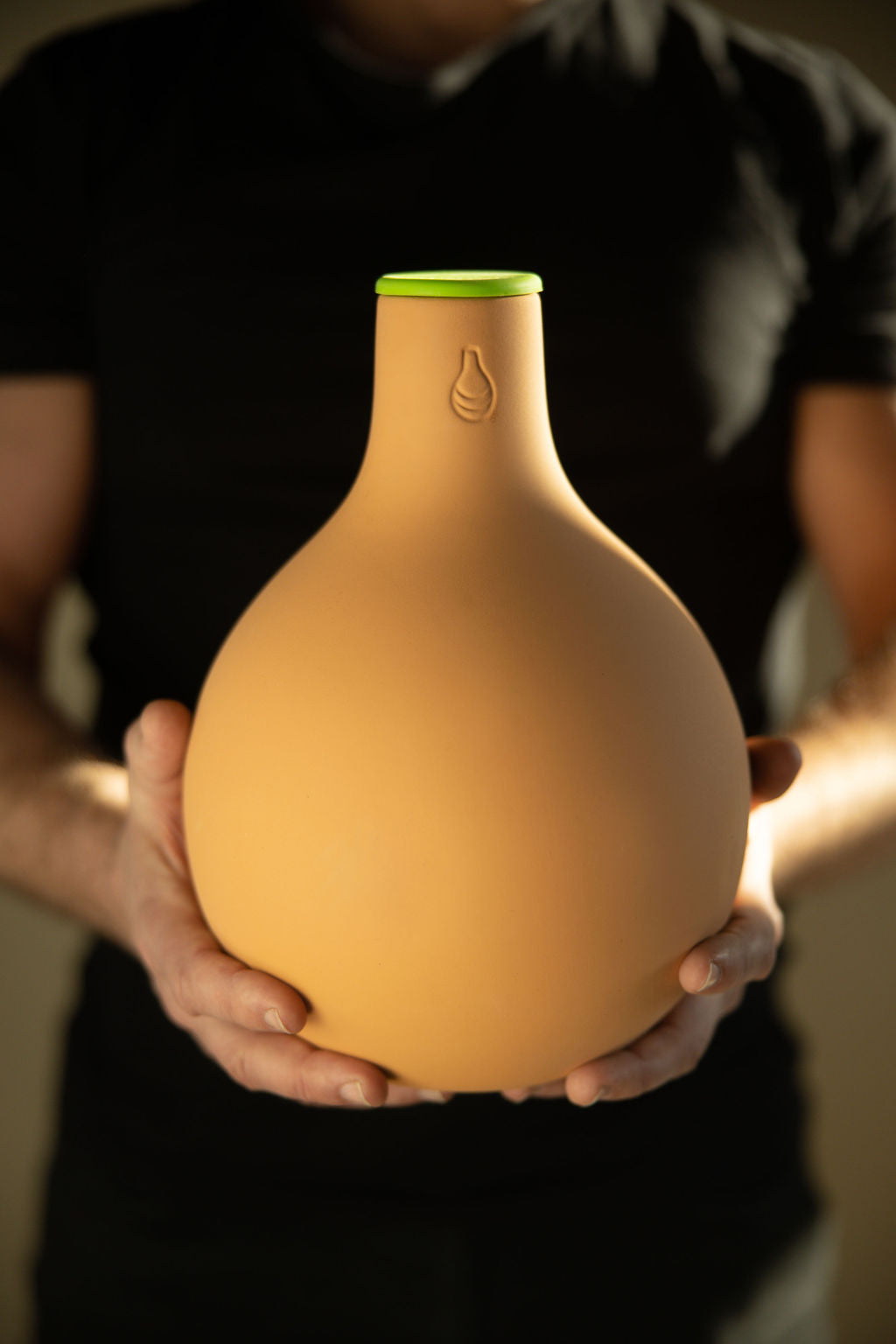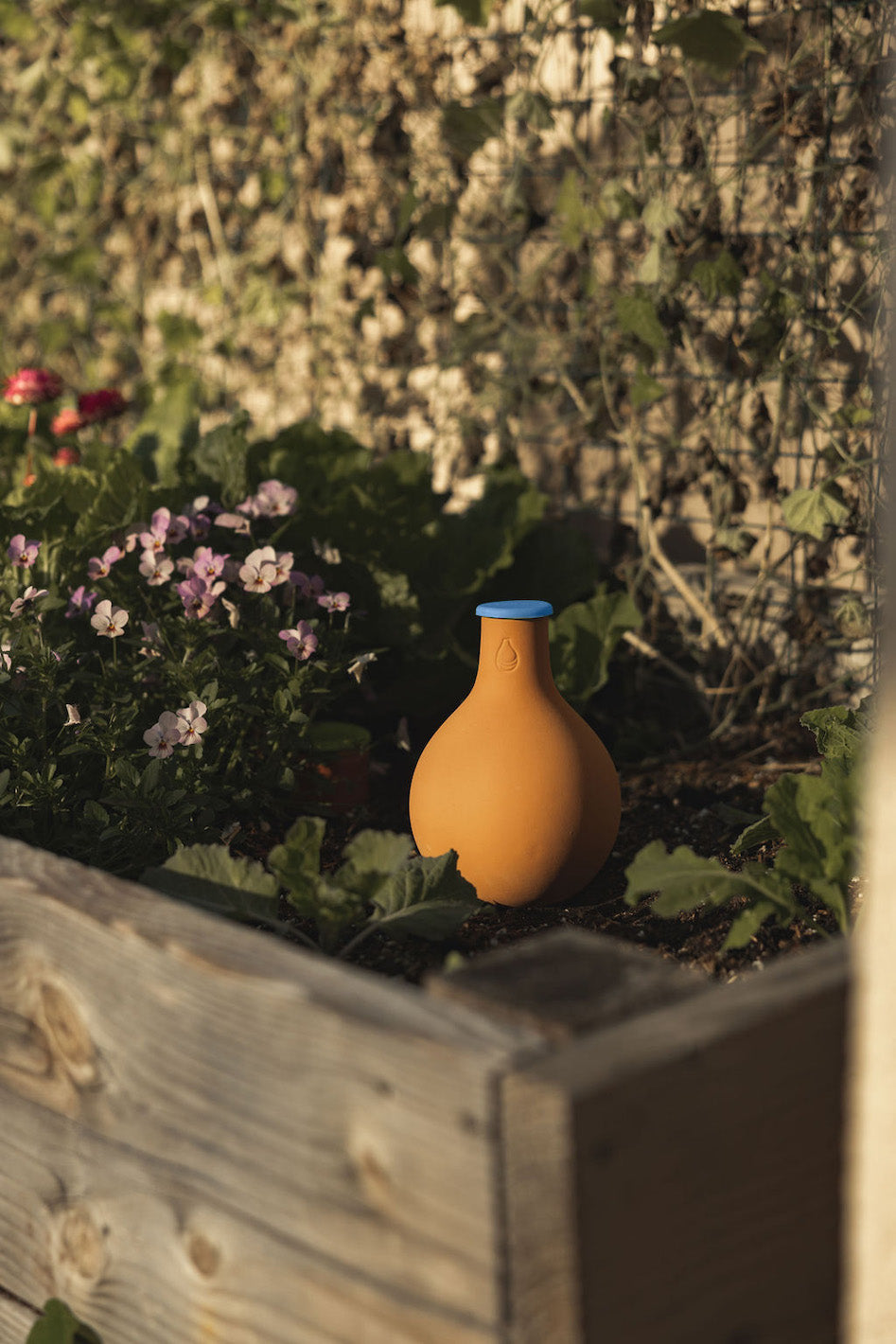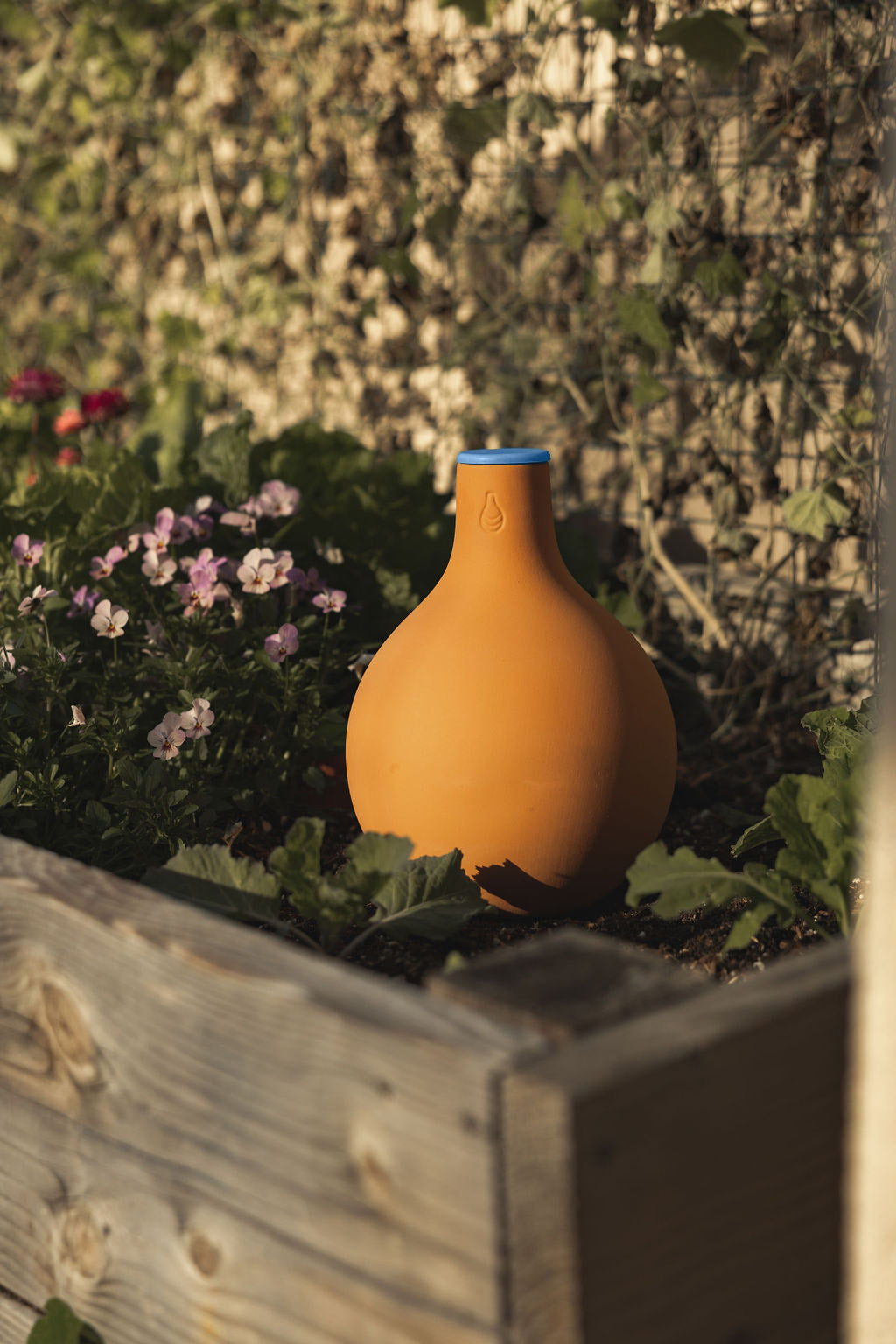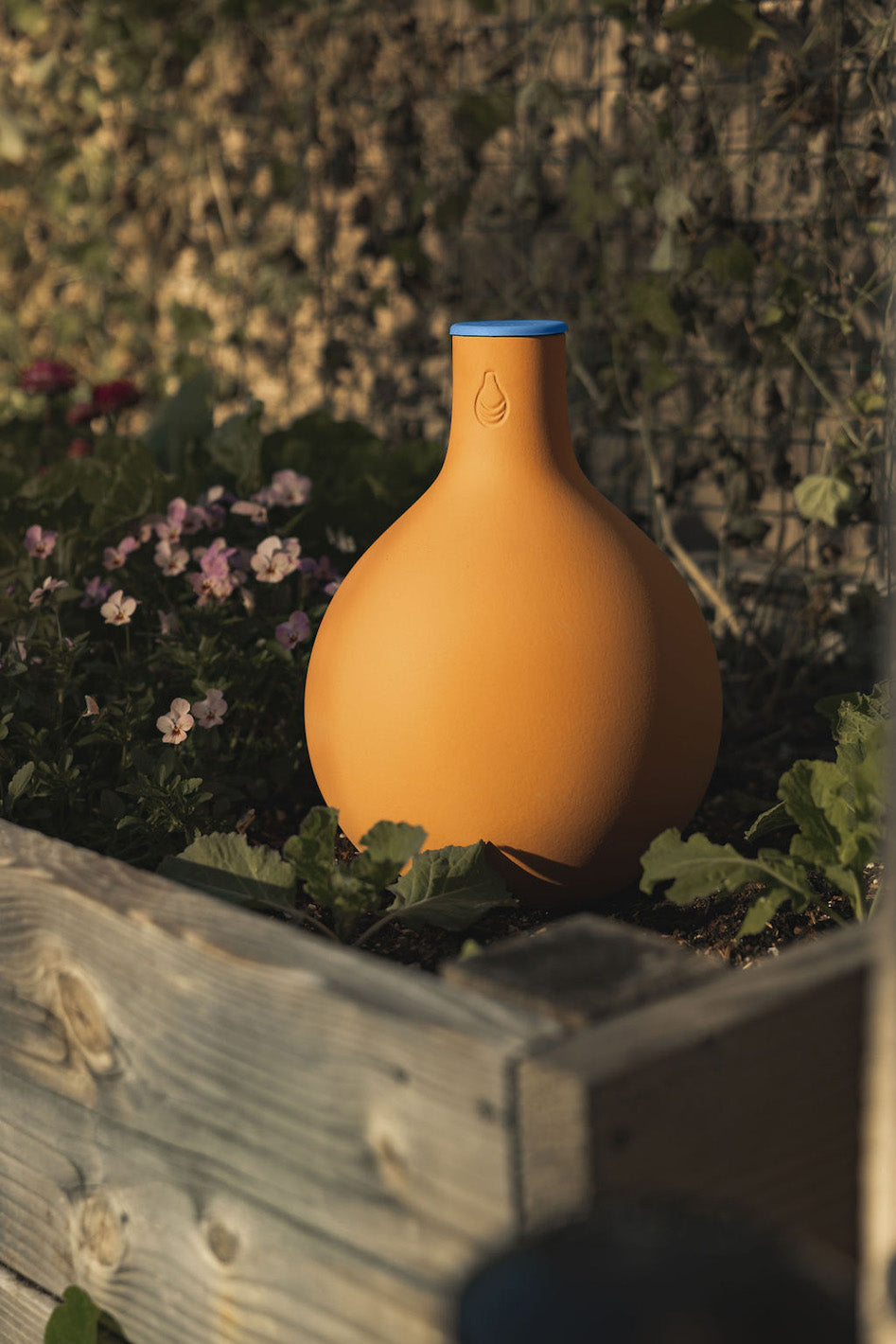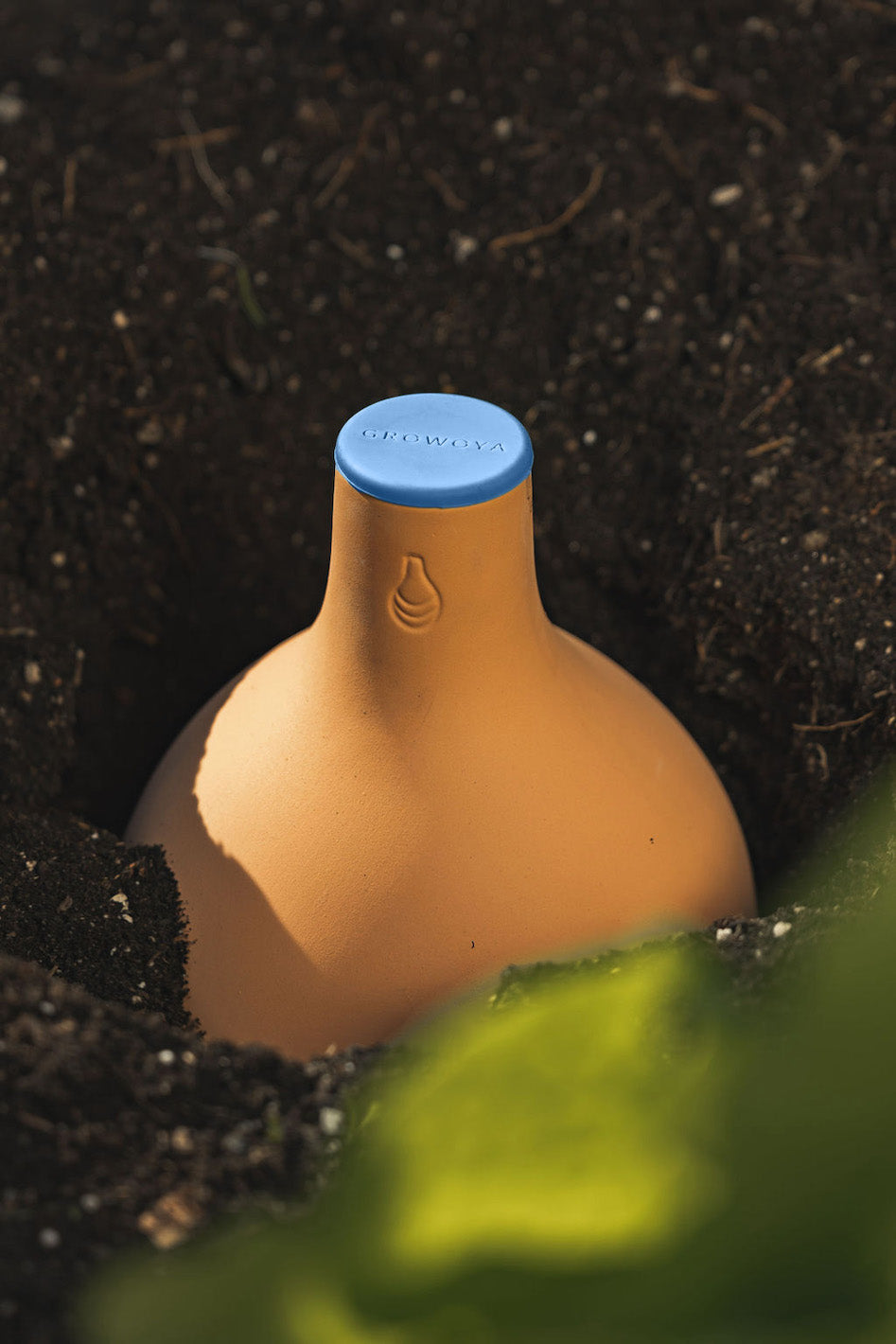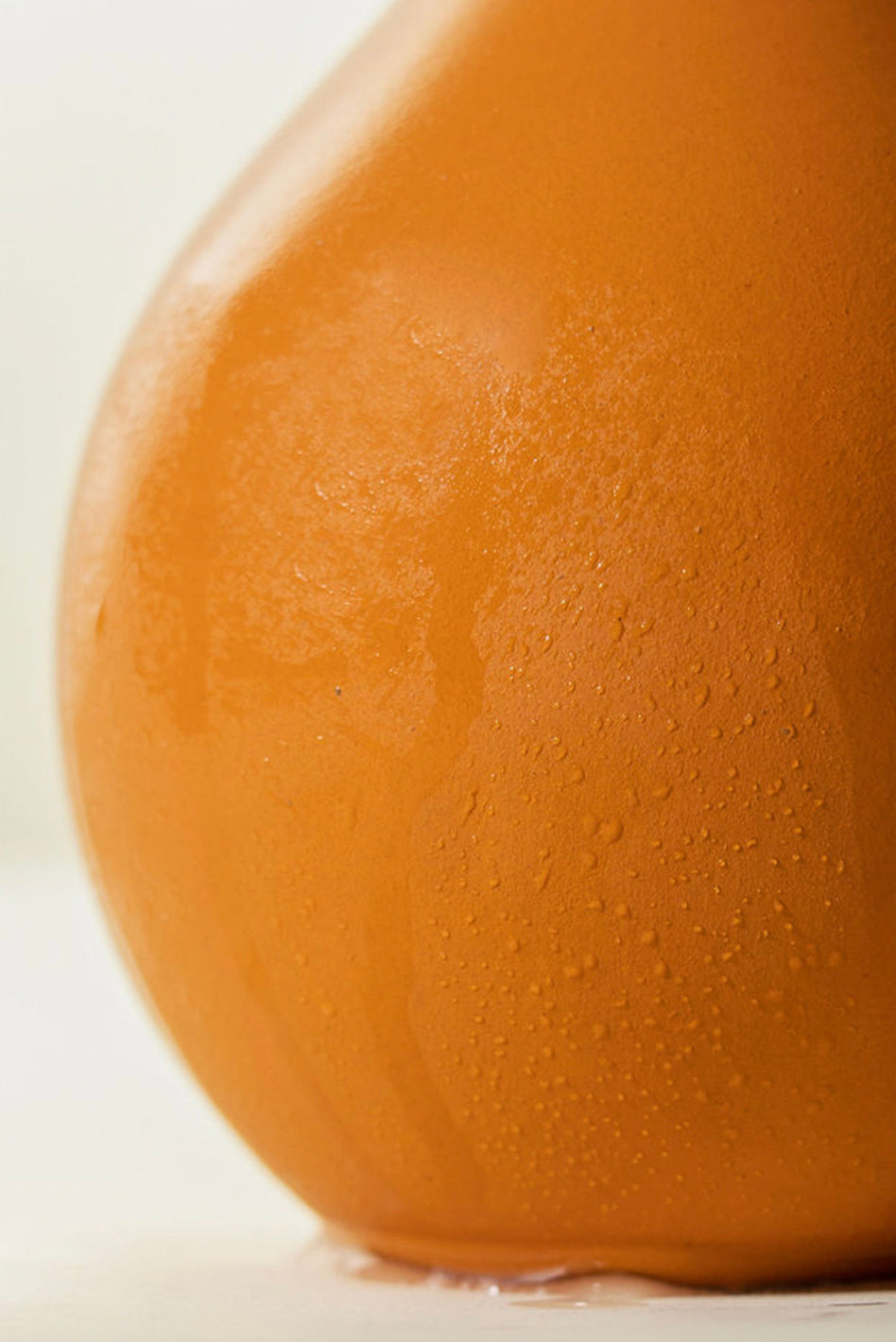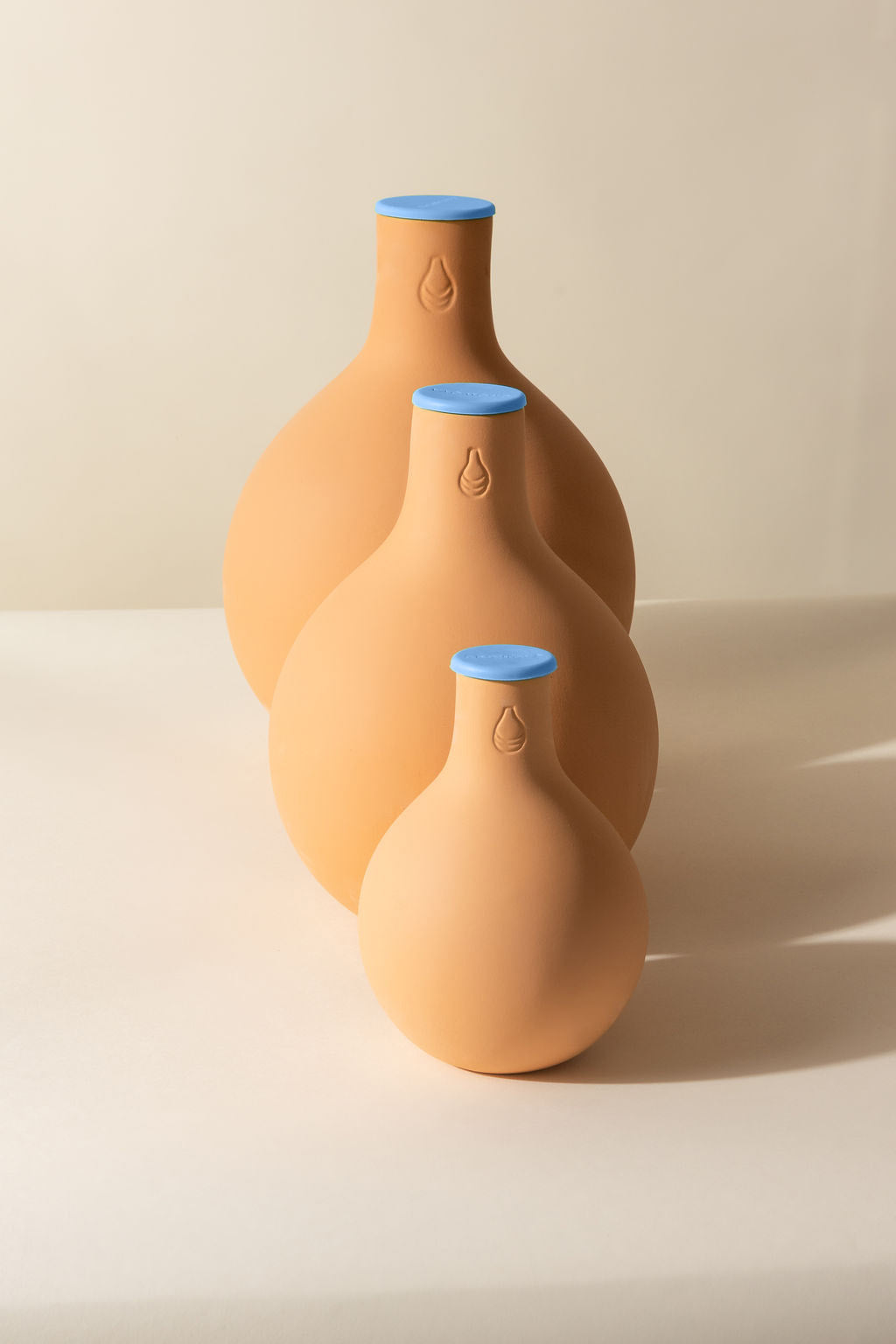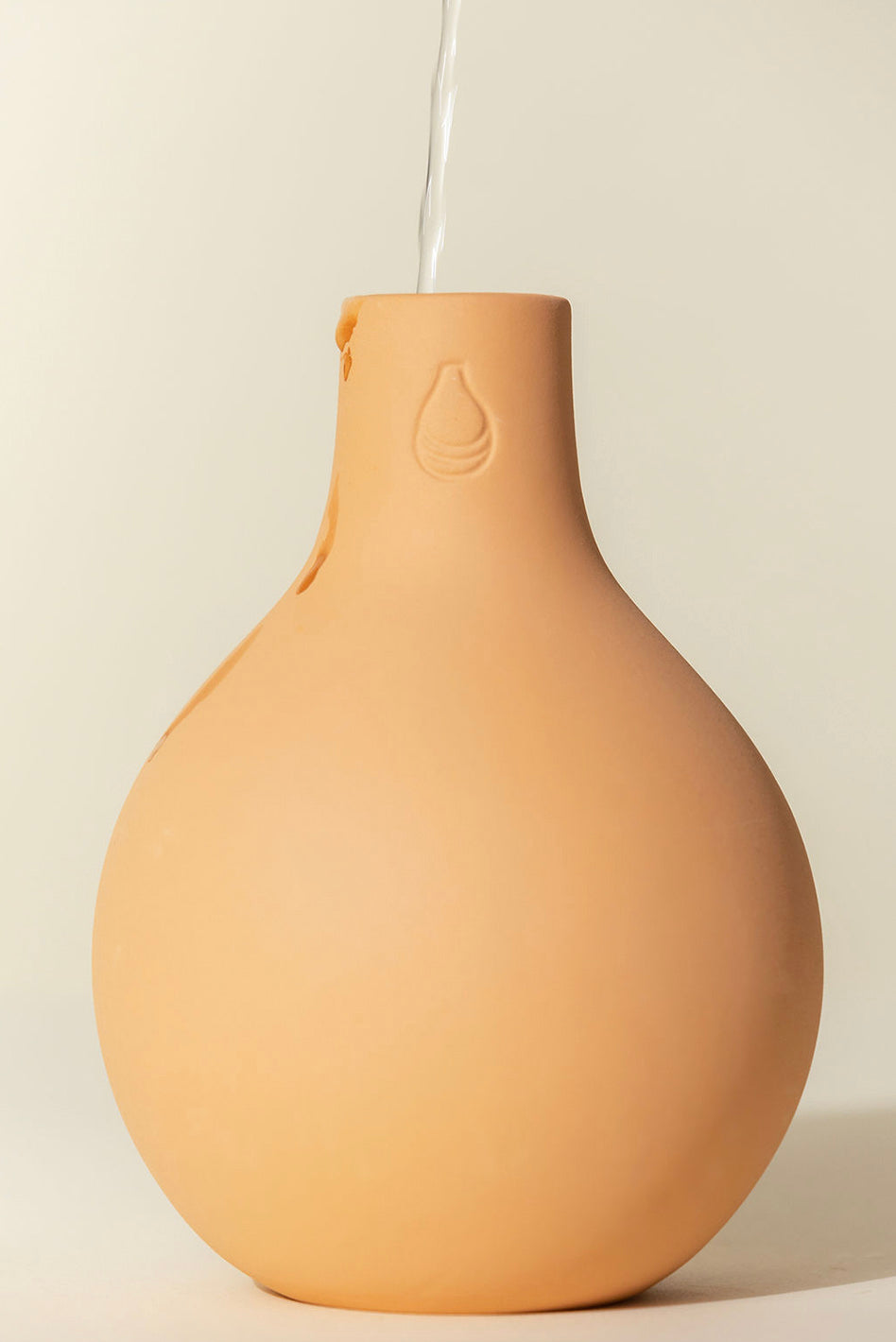How it works
When filled with water, moisture seeps out slowly through the Oya™ watering pot's walls to water your plants right at the roots.
Once established, the roots of your plants will instinctively grow towards the water source (you’ll need to surface water also for the first couple weeks). Over time the roots attach themselves to the outside of the Oya™ watering pot and draw water out as they need it.
Your plants take just what they need — no more, no less.

Plant
Dig a small hole in your garden and bury your Oya™ watering pot leaving the neck and top exposed.
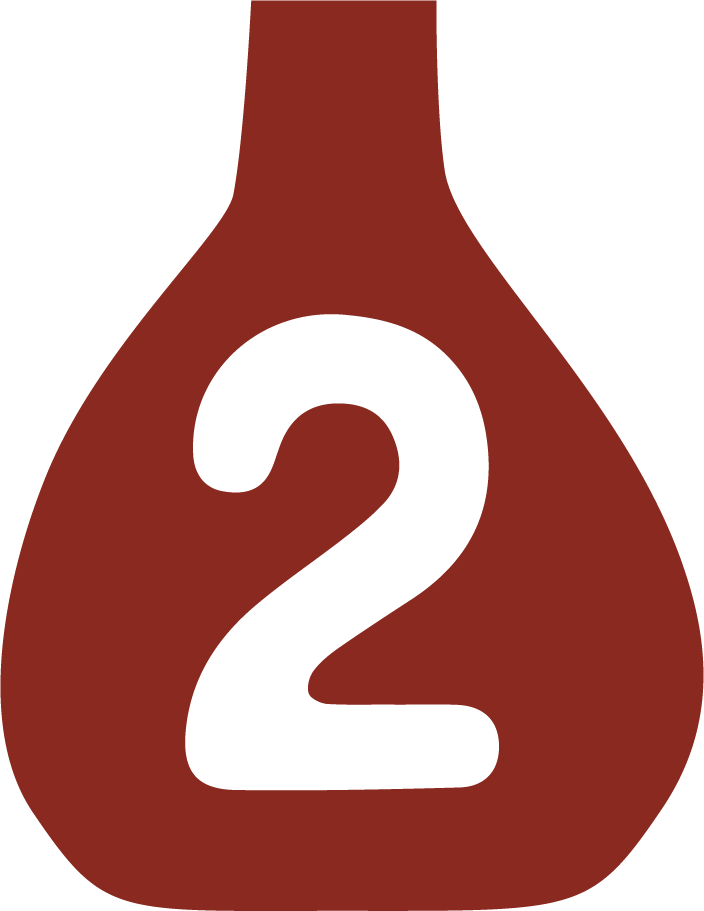
Water
With a hose or a watering can fill you Oya™ watering pot to the top. Then just walk away.
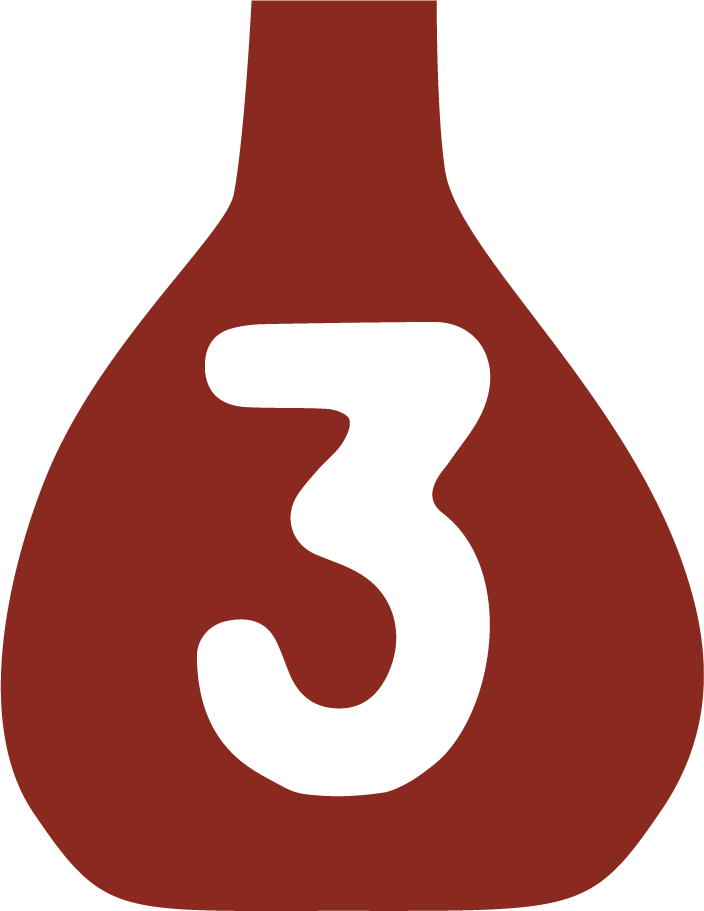
Grow
Replace the silicone lid and watch your garden grow with less water and much less effort. Refill your Oya™ watering pot every 5- 10 days, or whenever the water level is getting low.


